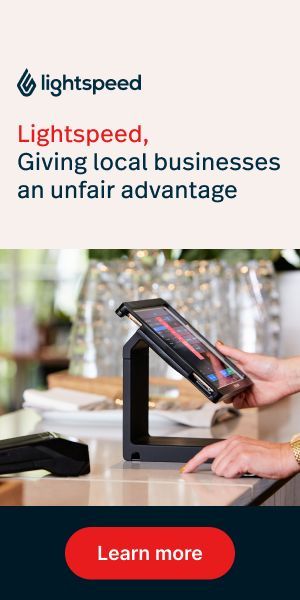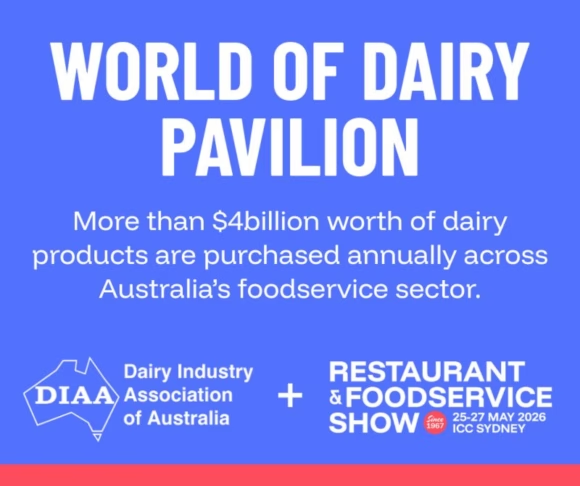Australia’s café industry is experiencing a coffee contradiction: customers are visiting less frequently, but spending more when they do.
According to new data from Hey You, which processes the most coffee orders in Australia, and Westpac DataX, this shift represents a fundamental change in how Australians approach their daily coffee ritual.
The numbers tell a compelling story. Total café spend reached $722 million, representing a 1.6% year-over-year decrease. Meanwhile, total transactions declined 3.6% year-over-year to 41 million in June 2025, and the number of unique customers decreased by 1.7% to 9 million.
Order frequency also fell 2% to 4.8 visits per month. Yet, despite this decline in foot traffic, the average spend per order increased 2.1% to $17.70, with the monthly average spend remaining at $85, helping cafés maintain revenue stability in challenging economic conditions.
The premium coffee revolution
What’s driving this transformation? Coffee has evolved from a habitual purchase to what industry analysts are calling a “premium experience.” The average price of a regular coffee has reached $4.63 nationally, representing a 7.7% annual increase, with Western Australia leading price growth at 10.66%.
Despite price increases, customer preferences remain consistent, according to Hey You order data: cappuccino continues to be the number one coffee nationally, Victoria remains the latte capital, and Western Australia prefers flat whites.
This pricing power demonstrates remarkable resilience in the Australian coffee market.
According to the Australian Bureau of Statistics, the average weekly income in Australia is now $1,915 (as of May 2025), and with Westpac DataX showing that the average café customer is spending $85 a month, customers are allocating approximately 4.4% of their weekly disposable income to cafés and takeaway food—a significant portion that speaks to coffee’s entrenched role in Australian culture.
“Coffee is being treated less as a habitual expense and more as a premium purchase,” the Hey You report notes. “Customers are visiting less frequently, but with more intention—seeking quality, consistency, and moments that matter.”
The gen spend factor
The data reveals that Australians aged 25-44—dubbed ‘Gen Spend’—continue to drive the lion’s share of spend and influence across the entire food and beverage category. This demographic has emerged as both the most valuable and most demanding customer segment.
According to DataX and Hey You insights, Gen Spend customers use digital tools like order-ahead apps, rewards programs and mobile wallets as part of everyday life, prioritise speed and convenience, particularly during morning rush periods, value transparent pricing and instantly detect issues like service fees or card surcharges, and want more than just a transaction—they’re seeking a smooth experience.
Gen Spend customers prioritise speed, convenience, and seamless digital experiences. They’re quick to adopt order-ahead apps, loyalty programs, and mobile wallets, but they’re equally quick to switch venues if service falters or pricing lacks transparency. Their non-negotiables include fast, frictionless checkout, reliable service, meaningful loyalty rewards, and transparent pricing.
This group’s digital-first approach has accelerated the adoption of technology platforms like Hey You. The shift toward digital ordering isn’t just about convenience—it’s becoming essential for customer retention in an increasingly competitive market.
The surcharge controversy
One area where cafés are facing customer pushback is the use of card surcharges. The data shows that unexpected fees—even as small as 1-1.5%—create “checkout shock,” which leads to customer frustration and lost repeat business. Gen Spend customers are susceptible to pricing surprises, viewing them as breaches of trust.
This issue has caught the attention of regulators. The Reserve Bank of Australia is reviewing rules around merchant card fees, with proposals to ban surcharging across EFTPOS, Visa, and Mastercard transactions. The goal is to simplify pricing and improve customer experience at checkout.
For operators, this regulatory shift presents both challenges and opportunities. Venues that have already moved to transparent, all-inclusive pricing report stronger customer loyalty, particularly through digital channels.
Strategic implications
The data suggests several strategic imperatives for café operators. First, the shift toward experiential coffee consumption means venues should focus on creating memorable moments that justify premium pricing. This includes leveraging technology to streamline service and implementing loyalty programs that reward repeat behaviour.
Second, the importance of the 25-44 age demographic cannot be overstated. These customers drive bottom-line results, but only when their expectations for speed, quality, and transparency are consistently met.







